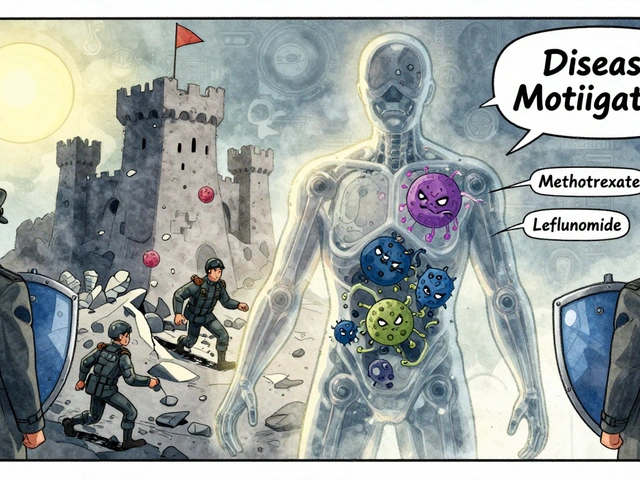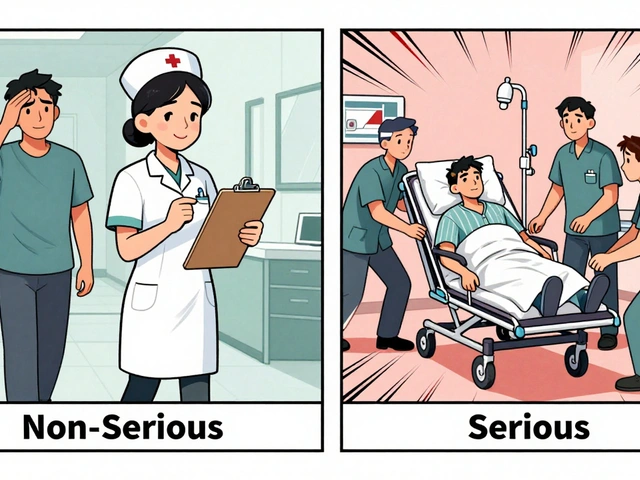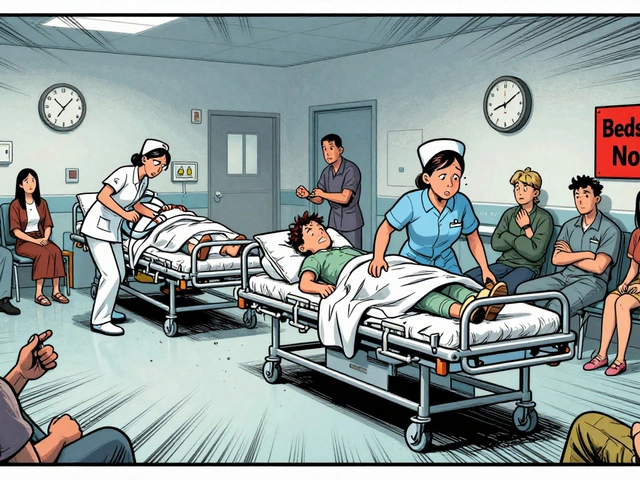Medication Tips: Smart, Safe, Simple
Want to get the most from your medicines without extra risk or cost? These practical tips help you take meds safely, cut costs, and avoid common mistakes. Read the actionable advice and use what fits your situation.
Safety first
Always check the label and leaflet. Confirm the drug name, dose, frequency, and expiration date before you start. If a medicine looks different from what you expect — color, shape, or packaging — pause and call the pharmacy. Track side effects the first two weeks and report anything worrying to your prescriber. Keep a simple list of all medicines, vitamins, and supplements to show your doctor or pharmacist; many bad interactions happen when providers don’t have the full picture.
Save money without risk
Ask your prescriber about generics — they work the same and cost less. Use price comparison tools and pharmacy discount cards before paying full price. If you buy online, pick licensed pharmacies with a return address and clear pharmacist contact. Avoid deals that look too cheap; extreme discounts often mean counterfeit or substandard products. For long-term meds, ask about 90-day supplies and mail-order discounts to lower per-dose costs.
How you take a medicine matters. Set daily alarms or use a pill box to avoid missed doses. If a dose is missed, follow the drug instructions or call a pharmacist rather than guessing. Never split tablets unless they are scored and your doctor approves; some pills lose effectiveness when cut. For topical treatments, follow the amount and application method precisely — more is not better.
Store medicines correctly. Heat, light, and moisture can reduce effectiveness. Keep most pills in a cool, dry place away from bathrooms. Some medicines require refrigeration — check the label. Keep all meds out of reach of children and pets, and dispose of unused drugs at safe take-back sites or according to local rules.
Watch for interactions. Common over-the-counter drugs and supplements can change how prescription meds work. Alcohol and grapefruit juice are frequent culprits that raise or lower drug levels. Before starting any new product — herbal, over-the-counter, or prescription — run it by your pharmacist if you take chronic meds.
Traveling with meds? Carry prescriptions and originals in carry-on luggage. Keep meds in labeled containers and bring a doctor’s note for controlled substances. For pregnancy or breastfeeding, double-check safety — some drugs cross into breast milk or harm a fetus. For kids, always use weight-based dosing and the measuring device that comes with the medicine; kitchen spoons give wrong doses. Ask questions every single time.
When to call for help: severe rash, breathing trouble, chest pain, fainting, or signs of severe bleeding require immediate attention. For less urgent issues like stomach upset, dizziness, or mild rash, contact your prescriber or pharmacist for guidance. Keep emergency contacts and your med list handy.
Small habits save trouble. Keep a single, up-to-date medication list, store meds properly, use trusted pharmacies, and speak up if something seems off. These steps cut risks and help you stay healthy while using medicines.

Rifampin and Stomach Issues: Tips for Managing Gastrointestinal Side Effects
Worried about stomach problems from taking rifampin? This article breaks down why rifampin can upset your gut, what those side effects feel like, and how to deal with them. Packed with practical tips like what foods might help, when to take your meds, and warning signs you shouldn't ignore. Get honest answers from someone who's gotten the run-around from confusing medical advice, without the medical jargon. If you want to stick with your treatment but keep your stomach calm, this guide is for you.
View More




